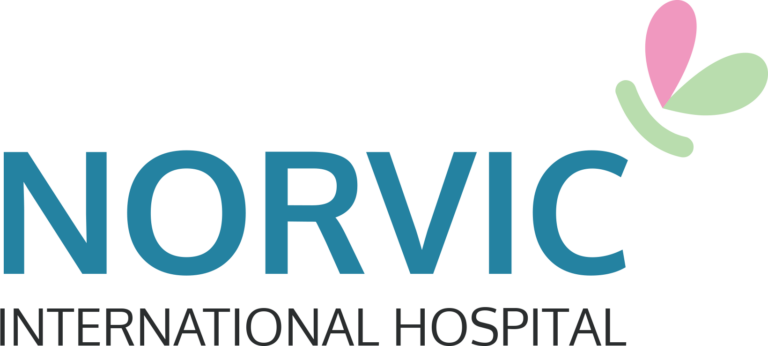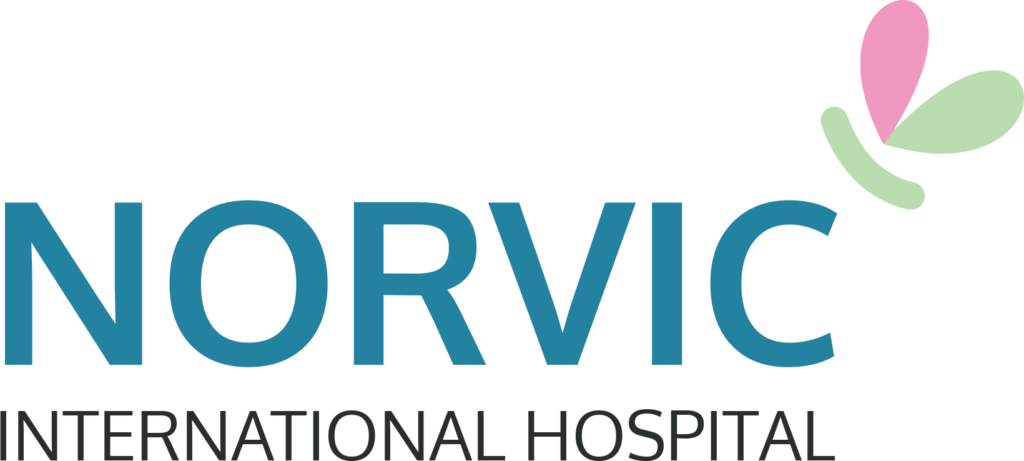Gestational diabetes mellitus (GDM)

Gestational diabetes mellitus (GDM)
Gestational diabetes mellitus (GDM) is defined as any degree of glucose intolerance with onset or first recognition during pregnancy. The definition applies whether insulin or only diet modification is used for treatment and whether or not the condition persists after pregnancy. It does not exclude the possibility that unrecognized glucose intolerance may have antedated or begun concomitantly with the pregnancy.
Approximately 7% of all pregnancies are complicated by GDM, resulting in more than 200,000 cases annually. The prevalence may range from 1 to 14% of all pregnancies, depending on the population.
Detection and Diagnosis
Risk Factors:
- marked obesity,
- personal history of GDM,
- glycosuria,
- a strong family history of diabetes
- smoking
When It Should Be Tested?
- Between 24 and 28 weeks of gestation
- FBG >126 mg/dl (7.0 mmol/l) or RBS>200 mg/dl (11.1 mmol/l) should undergo glucose challenge test.
- In Evaluation for GDM there is two-way approach
One-step approach:
oral glucose tolerance test (OGTT)
Two-step approach:
50-g oral glucose load (glucose challenge test [GCT]) 1-hour test, if the value cuts the threshold >140mg/dl go for the OGTT TEST
OR 75gm OGTT:
Table 2—
Diagnosis of GDM with a 75-g oral glucose load
| Mg/dl | Mmol/l |
Fasting | 95 | 5.3 |
1-h | 180 | 10.0 |
2-h | 155 | 8.6 |
- Two or more of the venous plasma concentrations must be met or exceeded for a positive diagnosis.
- The test should be done in the morning after an overnight fast of between 8 and 14 h and after at least 3 days of unrestricted diet (≥ 150 g carbohydrate per day) and unlimited physical activity.
- The subject should remain seated and should not smoke throughout the test.
Obstetric and Perinatal Considerations
- FBG (>105 mg/dl or >5.8 mmol/l) may lead to intrauterine fetal death during the last 4–8 weeks of gestation.
- Fetal macrosomia.
- Neonatal hypoglycemia
- jaundice
- polycythemia
- hypocalcemia
- maternal hypertensive disorders
- the need for cesarean delivery.
- fetal growth disorders and/or alterations in obstetric management due to the knowledge that the mother has GDM.
Long-Term:
Type 2 DM
- Obesity and insulin resistance appear to enhance the risk of type 2 diabetes after GDM, Offspring of women with GDM are at increased risk of obesity, glucose intolerance, and diabetes in late adolescence and young adulthood.
Therapeutic Strategies During Pregnancy
Monitoring
- Daily self-monitoring of blood glucose (SMBG).
- insulin treated patients should monitor postprandial blood sugar than pre-prandial.
- Urine ketone monitoring for calorie restriction.
- blood pressure and urine protein for hypertensive disorders.
- Asymmetrical fetal growth assessment by ultrasonography, particularly in early third trimester.
Management
- Nutritional Counseling,
- Individualization of medical nutrition therapy (MNT) based on maternal weight and height.
- Noncaloric sweeteners may be used in moderation.
- For obese women (BMI >30 kg/m2), a 30–33% calorie restriction (to ∼25 kcal/kg actual weight per day.)
- Restriction of carbohydrates to 35–40% of calories.
Insulin with MNT together is the best choice to reduce fetal morbidities. When MNT fails to maintain self-monitored glucose at the following level, insulin therapy can be used
- Fasting whole blood glucose
≤95 mg/dl (5.3 mmol/l)
- Fasting plasma glucose
≤105 mg/dl (5.8 mmol/l)
or
- 1-h postprandial whole blood glucose
≤140 mg/dl (7.8 mmol/l)
- 1-h postprandial plasma glucose
≤155 mg/dl (8.6 mmol/l)
or
- 2-h postprandial whole blood glucose
≤120 mg/dl (6.7 mmol/l))
- 2-h postprandial plasma glucose
≤130 mg/dl (7.2 mmol/l
- Fetal abdominal circumference measurement in the third trimester can identify risk of macrosomia in the absence of maternal insulin therapy if maternal FBG <105 mg/dl l.
- Human insulin / insulin levemir should be used according to SMBG, doses and timing of the insulin should be accordingly.
- OHA have not been recommended during pregnancy.
- moderate physical exercise decrease maternal glucose in GDM patient if without medical and obstetrical contraindications.
- GDM is indication for cesarean delivery or for delivery before 38 completed weeks of gestation as prolongation of pregnancy increases the risk of fetal macrosomia without reducing cesarean rates.
- Breast-feeding should be encouraged in women with GDM.
Long-Term:
- Every GDM patient should be reevaluated after weeks of delivery.
- If glucose levels are normal post-partum, reassessment of glycaemia should be undertaken at a minimum of 3-year intervals.
- Women with IFG or IGT in the postpartum period should be tested annually and should be on intensive MNT individualized exercise program.
- All patients with prior GDM should be educated regarding lifestyle modifications that lessen insulin resistance, including maintenance of normal body weight through MNT and physical activity.
- Medications that worsen insulin resistance (e.g., glucocorticoids, nicotinic acid) should be avoided if possible.
- Patients should seek medical attention if they develop symptoms of hyperglycemia.
- Education for family planning to ensure optimal glycemic regulation from the start of any subsequent pregnancy.
- Low-dose estrogen-progestogen oral contraceptives may be used in women with prior histories of GDM, as long as no medical contraindications exist.
- Offspring of women with GDM should be followed closely for the development of obesity and/or abnormalities of glucose tolerance.
Dr Madhu Pandey
Consutant Endocrinologist
Norvic International Hospital
If you experience symptoms of diabetes, Visit Norvic for best treatment of diabetes in Nepal. To book an appointment with top doctors for diabetes treatment, Please call on 01-5970032.
You can also book appointment online or through whatsapp/viber No. 00977-9880888000



